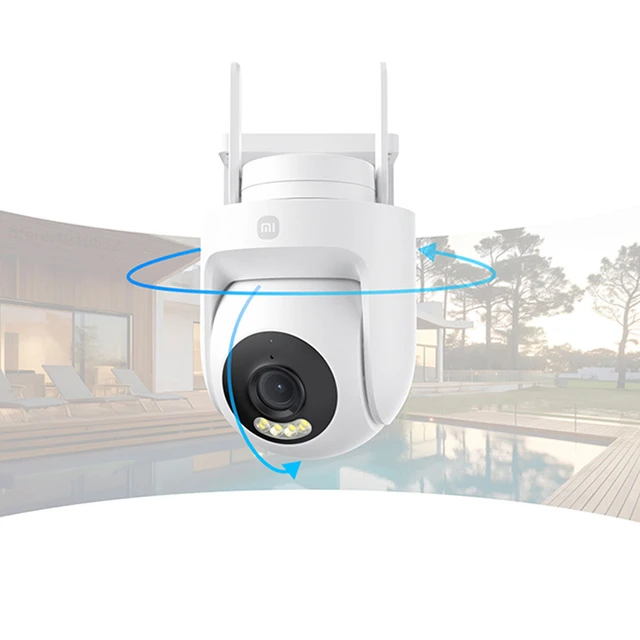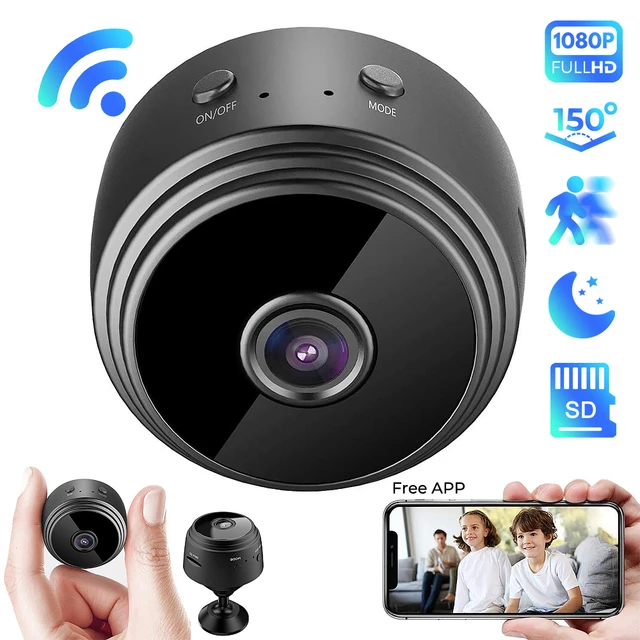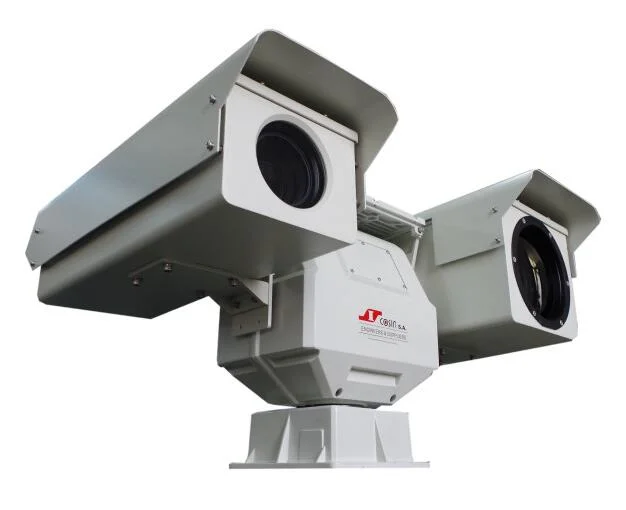 Introduction:
Introduction:
In the world of cinematography, the choice between using multi-camera setups or single-camera setups can significantly impact the visual storytelling process. Both approaches have their advantages and trade-offs, affecting the overall production quality and efficiency. In this comprehensive guide, we will explore the differences between multi-camera and single-camera techniques. By understanding their respective strengths and weaknesses, filmmakers and content creators can make informed decisions on which approach best suits their creative vision and production needs.
Multi-Camera Setup
Definition and Purpose:
In a multi-camera setup, multiple cameras are used simultaneously to capture different perspectives and angles of a scene.
This technique is commonly employed in live broadcasts, sitcoms, and talk shows to capture real-time performances and reactions.
Benefits of Multi-Camera Setup:
Simultaneous coverage: Allows for capturing multiple angles simultaneously, minimizing the need for repetition during filming.
Enhanced dynamics: Adds energy and spontaneity to performances by capturing interactions between actors from various angles.
Limitations of Multi-Camera Setup:
Limited artistic control: Due to the need for coordinated coverage, the director has limited flexibility in shot composition and camera movements.
Logistical challenges: Requires careful planning and coordination to ensure consistent lighting, camera placement, and actor blocking.
Single-Camera Setup
Definition and Purpose:
In a single-camera setup, a single camera is used to capture a scene from various angles, shooting one shot at a time.
This approach is commonly employed in film, television dramas, and commercials to achieve cinematic visuals and precise control over every frame.
Benefits of Single-Camera Setup:
Artistic control: Provides the director and cinematographer greater flexibility in shot composition, camera movements, and lighting setups.
Cinematic aesthetics: Allows for meticulous attention to detail, achieving a polished and visually immersive experience.
Limitations of Single-Camera Setup:
Slower production pace: Shooting scenes from multiple angles and covering all necessary shots can be time-consuming, potentially elongating the production schedule.
Limited real-time interactions: Actors may need to recreate their performances for different camera angles, potentially affecting the spontaneity of their interactions.
 Considerations for Choosing the Right Approach
Considerations for Choosing the Right Approach
Storytelling intent:
Multi-camera setups are often suitable for capturing live or improvised performances, emphasizing real-time interactions.
Single-camera setups lend themselves well to cinematic narratives that require precise control over composition and visual storytelling.
Production Resources:
Multi-camera setups generally require more cameras, crew members, and equipment to facilitate simultaneous coverage.
Single-camera setups typically demand more time, patience, and re-shooting to capture various angles and compositions.
Production Schedule:
Multi-camera setups can be more efficient for capturing performances in real-time, reducing the need for extensive retakes.
Single-camera setups allow for greater flexibility in scheduling and shooting sequences in a more controlled and deliberate manner.
 Ring Camera and Blink Camera offer options with multiple cameras (multi-camera) and single cameras (single-camera)
Ring Camera and Blink Camera offer options with multiple cameras (multi-camera) and single cameras (single-camera)
In terms of multiple camera setups, both the Ring Camera and Blink Camera offer options with multiple cameras (multi-camera) and single cameras (single-camera). Let’s explore the different types:
Ring Camera:
Ring Video Doorbell: This is a popular single-camera option that functions as a doorbell with a built-in camera, capturing footage of visitors and providing real-time notifications to the homeowner’s smartphone or other connected devices.
This multi-camera option includes a combination of a camera and built-in LED spotlights. It provides added security by illuminating areas and capturing footage when motion is detected.
Ring Floodlight Cam: Similar to the Spotlight Cam, this is a multi-camera setup with built-in LED floodlights. The floodlights can be manually activated or triggered by motion, providing enhanced security and lighting for outdoor areas.
Blink Camera:
Blink Indoor/Outdoor Camera: This single-camera option is designed for both indoor and outdoor surveillance. It includes a motion sensor and adjustable mounting options for flexibility in placement.
Blink XT2 Outdoor/Indoor Camera: This multi-camera option offers multiple cameras that can be placed both indoors and outdoors. It provides motion detection, weather-resistant construction, and extended battery life.
It’s important to note that Ring and Blink offer a range of camera models, and the availability and features of each model may vary. Additionally, both brands often offer bundles or packages that include multiple cameras for comprehensive home surveillance. It’s recommended to visit the official websites of Ring and Blink or consult product descriptions for more detailed information on the specific models and camera setups they offer.
 Considerations to keep in mind:
Considerations to keep in mind:
When using cameras with multiple lenses or single lenses, there are some general precautions and considerations to keep in mind:
Multi-camera setups:
Positioning and placement: Take into account the optimal placement and angle of each camera within the multi-camera setup to ensure maximum coverage and minimize blind spots. Proper positioning can enhance the overall effectiveness of the surveillance system.
Wiring and power supply: Ensure that the cameras are properly connected to power sources and any necessary wiring is securely installed. Properly organizing and concealing cables can help maintain a clean and tidy setup.
Network bandwidth and storage: Multi-camera setups can generate a significant amount of data. Make sure your network infrastructure can handle the bandwidth demands of transmitting and storing footage from multiple cameras. Consider using high-capacity storage solutions or cloud-based storage options.
Camera synchronization: Some multi-camera setups may require synchronization or proper sequencing of footage to effectively track moving objects or events. Consult the camera manufacturer’s instructions or documentation for guidance on setting up synchronization if applicable.
Single-camera setups:
Positioning and coverage area: Determine the best position for the single camera to capture the desired area of surveillance. Consider factors such as angle, distance, and potential obstructions to ensure optimal coverage.
Field of view: Understand the camera’s field of view and any limitations it may have. Adjust the camera’s position or lens if necessary to achieve the desired coverage or to minimize blind spots.
Camera settings: Familiarize yourself with the camera’s settings, such as resolution, frame rate, and sensitivity to properly configure it for your specific needs. Adjusting these settings can affect the clarity and quality of the captured footage.
Maintenance and cleaning: Regularly clean the camera lens to remove dirt, dust, or smudges that may impact image quality. Follow the manufacturer’s guidelines for proper maintenance and cleaning to prolong the lifespan of the camera.
Power supply and connectivity: Ensure that the camera is connected to a reliable power source and that the network connectivity is stable. Periodically check the camera’s connections to ensure they are secure and free from corrosion or damage.
Regardless of whether you have a multi-camera or single-camera setup, always prioritize privacy and secure access to the camera system. Regularly update firmware and passwords, and consider enabling encryption or authentication features for added security.
 Conclusion:
Conclusion:
Choosing between multi-camera and single-camera setups ultimately depends on the specific creative vision, production constraints, and requirements of a project. Multi-camera setups excel in capturing real-time performances with minimal repetitiveness, allowing for enhanced dynamics and immediacy. Single-camera setups prioritize artistic control, allowing for precise composition, cinematic aesthetics, and maximum creative flexibility. By understanding the benefits and limitations of both approaches, filmmakers and content creators can make informed decisions, tailoring their choice to best serve the story, production resources, and desired visual style. Embrace the strengths and adaptability of both multi-camera and single-camera techniques, and leverage these tools to create engaging and visually captivating content.
 Introduction:
Introduction: Advanced Autofocus Systems:
Advanced Autofocus Systems: Necessary Tools and Precautions
Necessary Tools and Precautions Post-Cleaning Checks and Maintenance
Post-Cleaning Checks and Maintenance Conclusion:
Conclusion: Introduction:
Introduction: Development of Photographic Processes
Development of Photographic Processes Transition to Digital Photography
Transition to Digital Photography Here are some key roles and uses of a camera:
Here are some key roles and uses of a camera: Conclusion:
Conclusion: